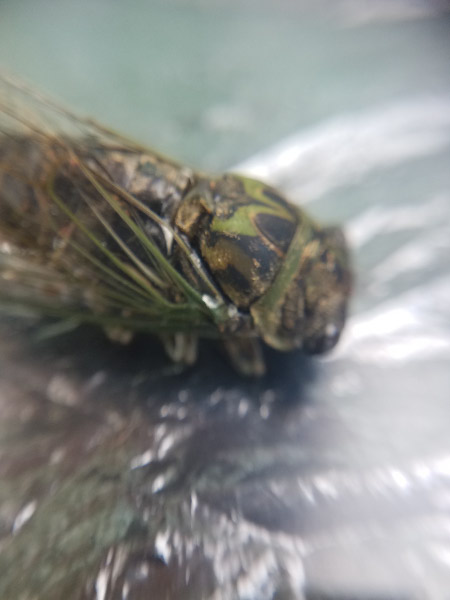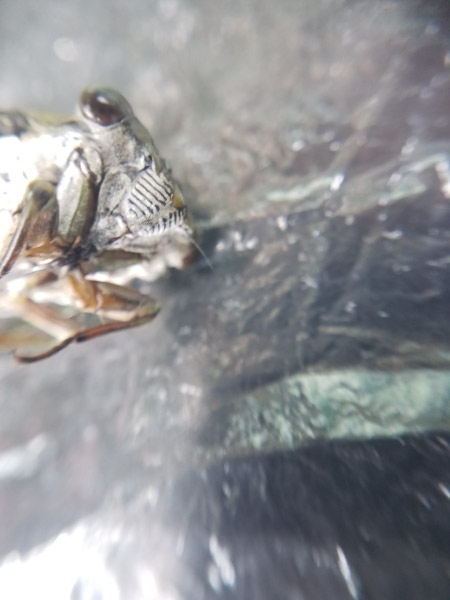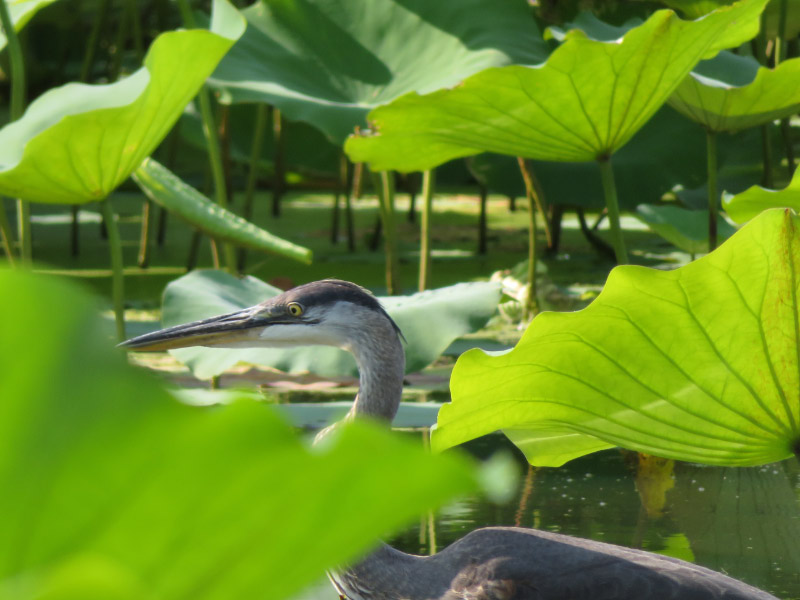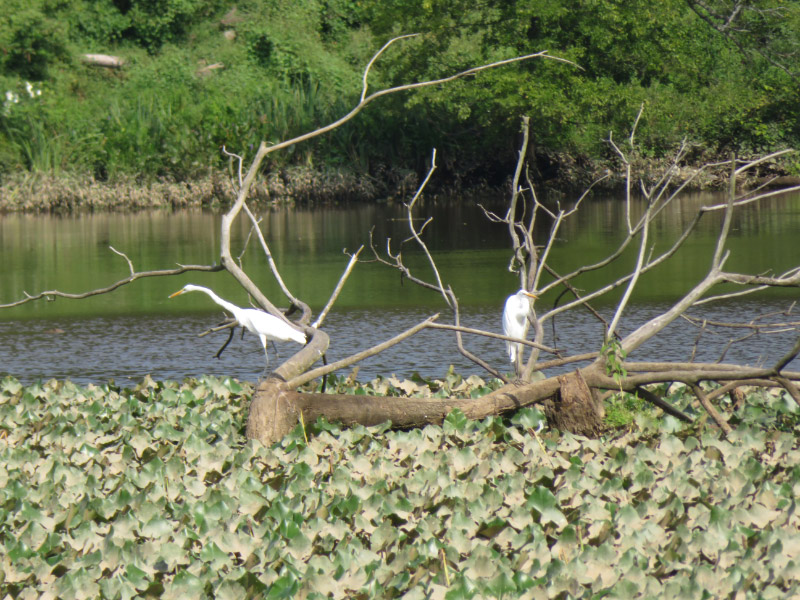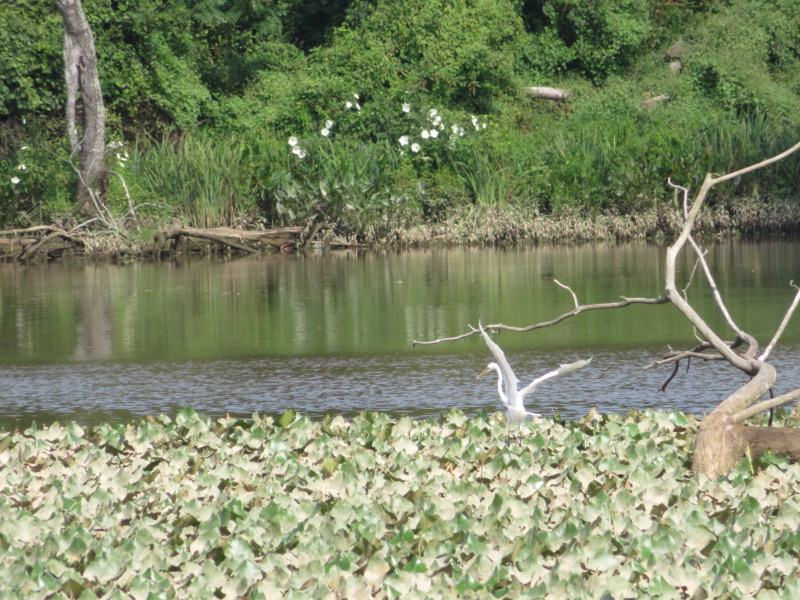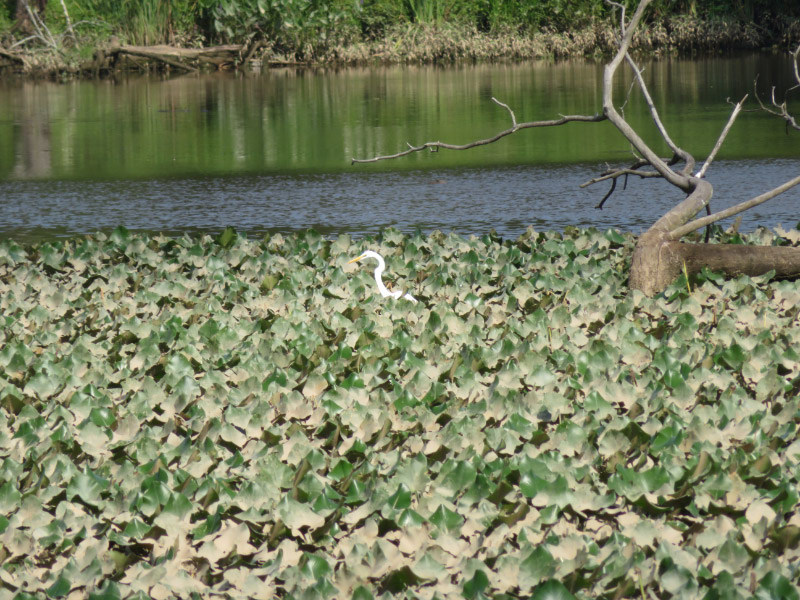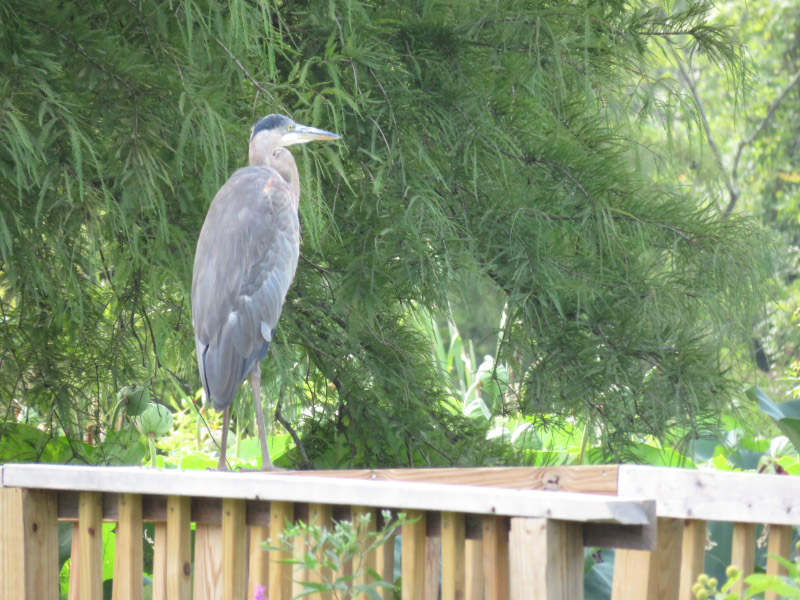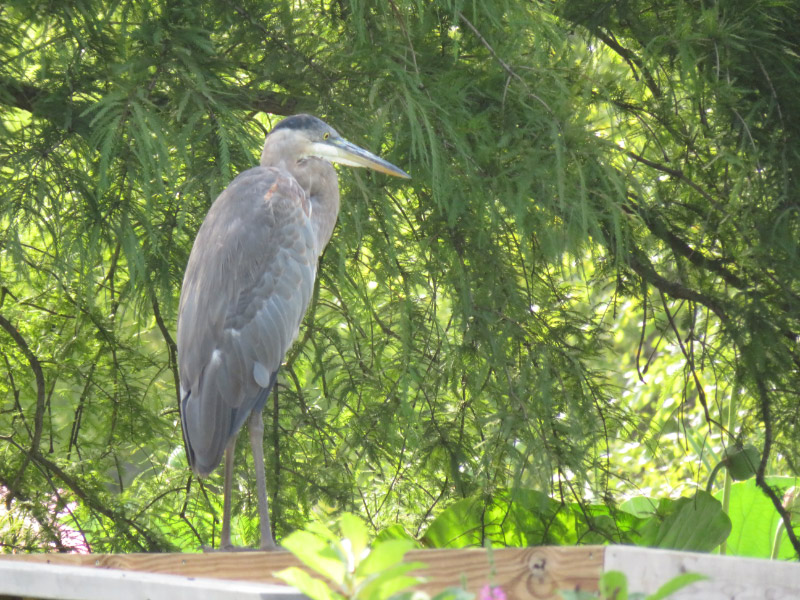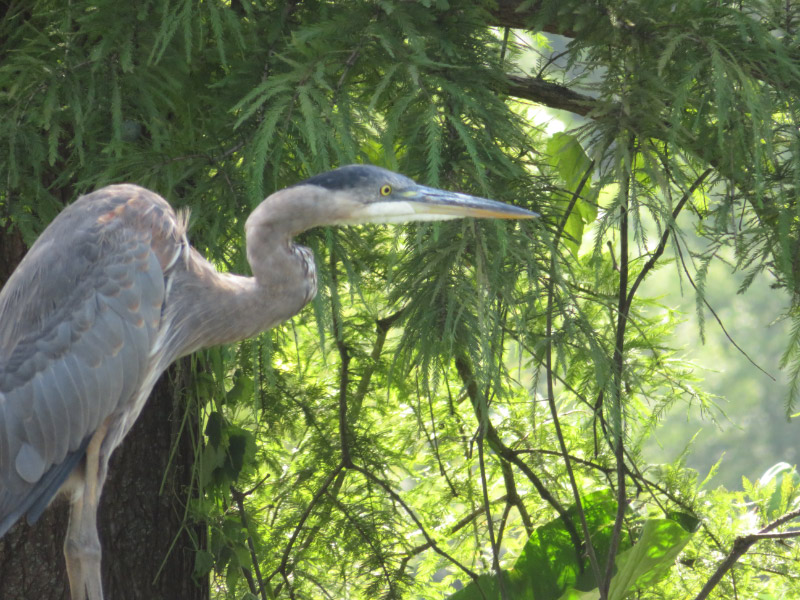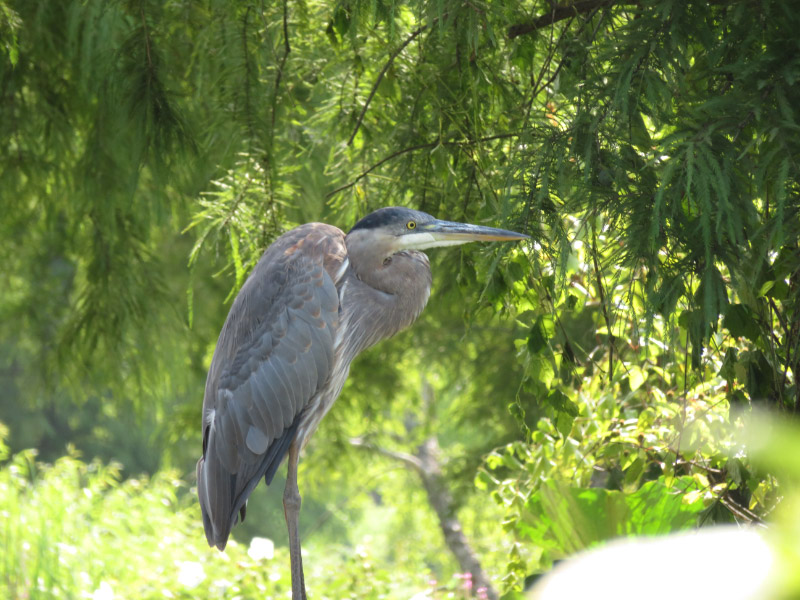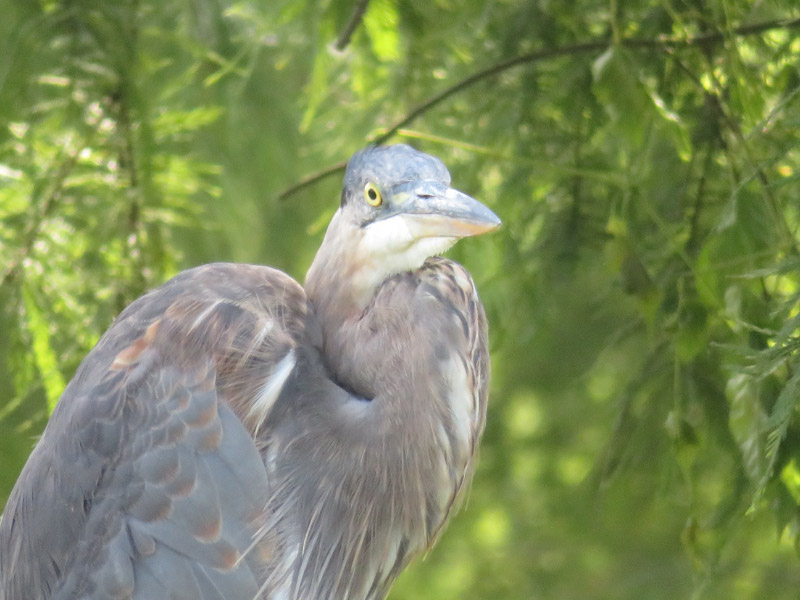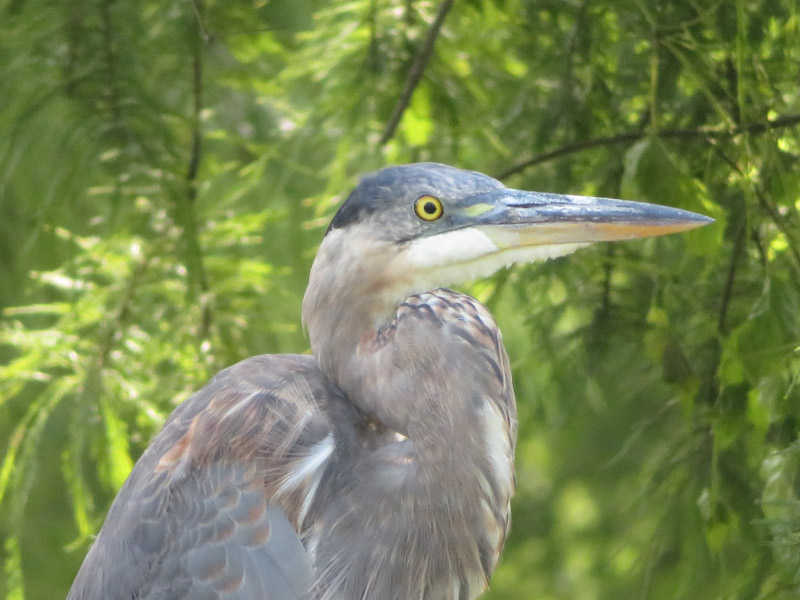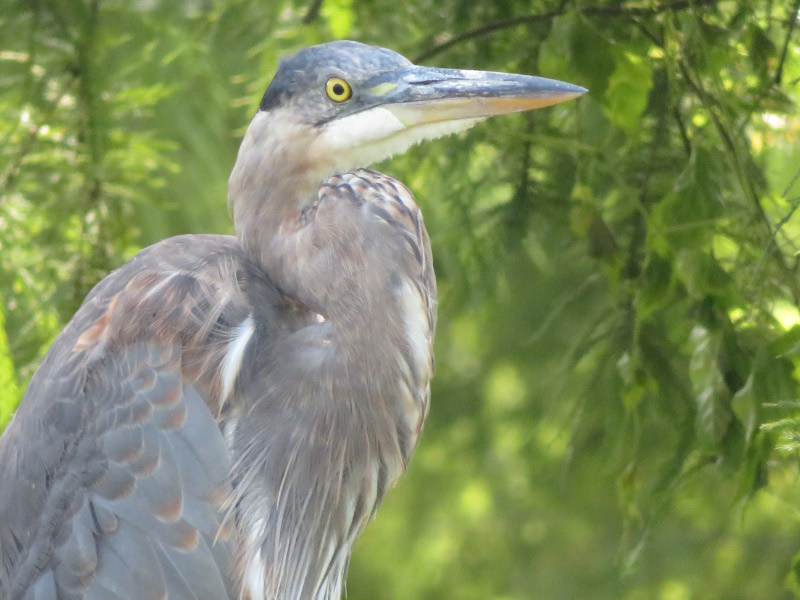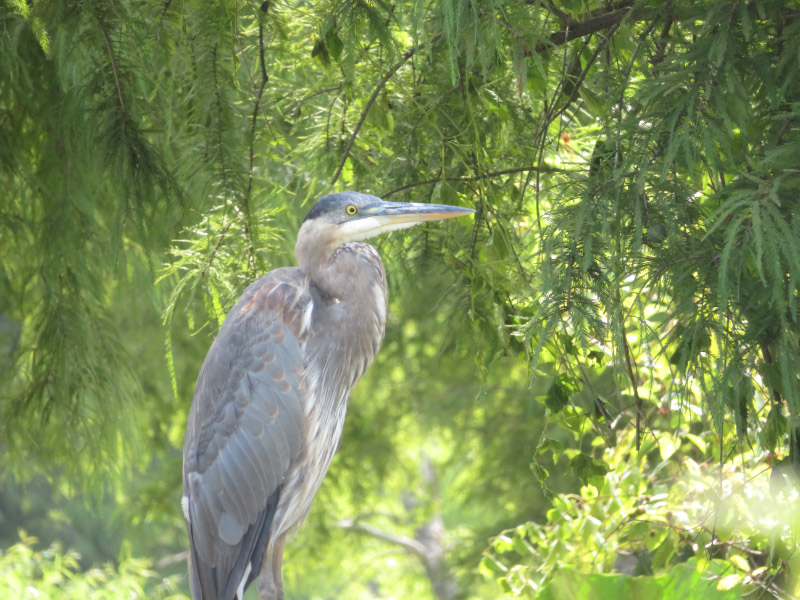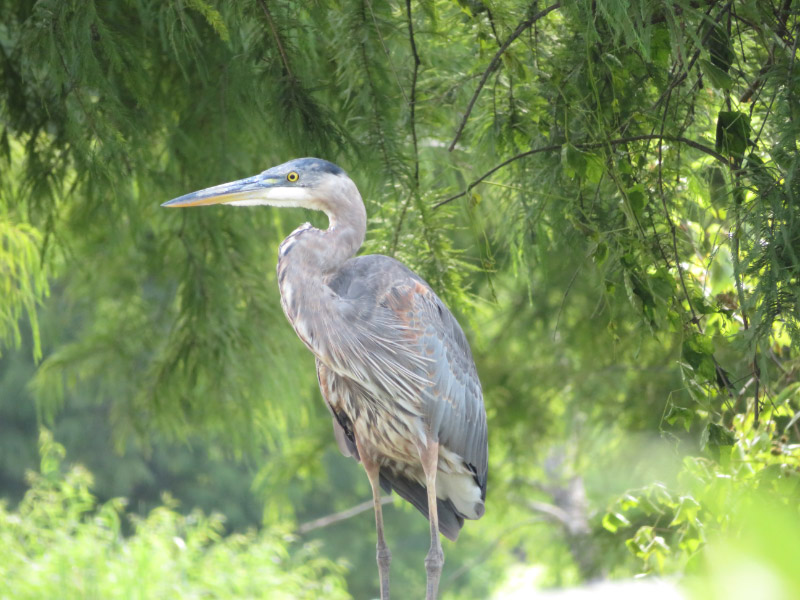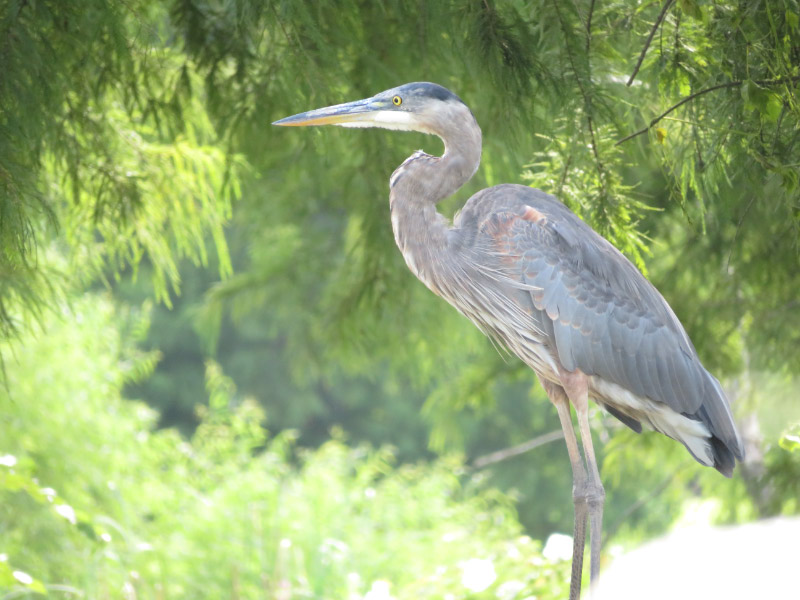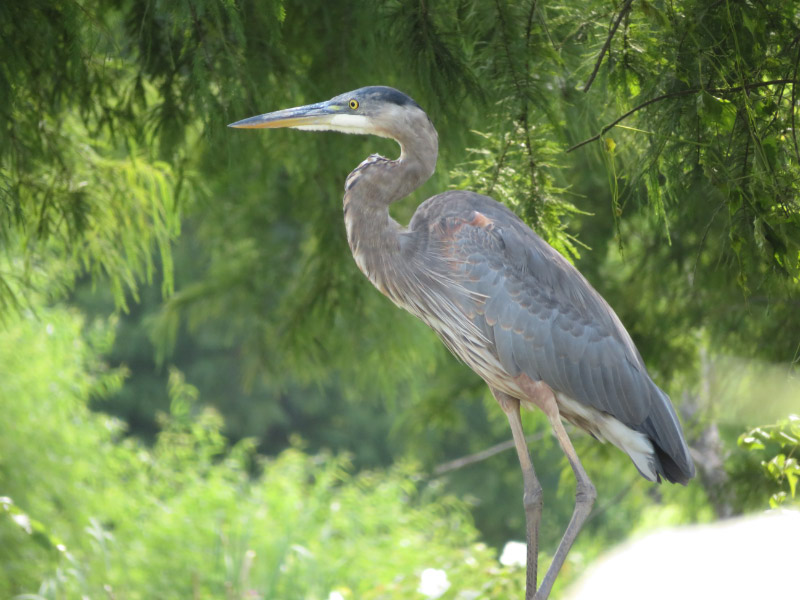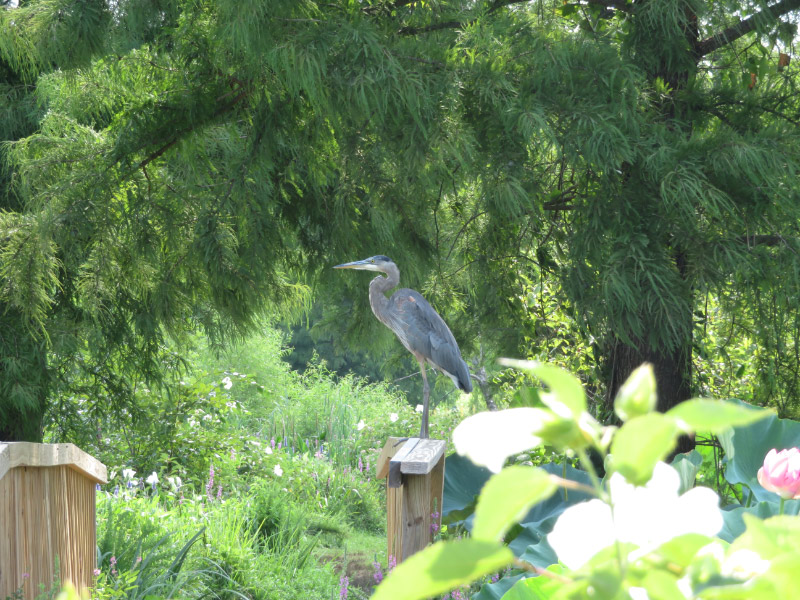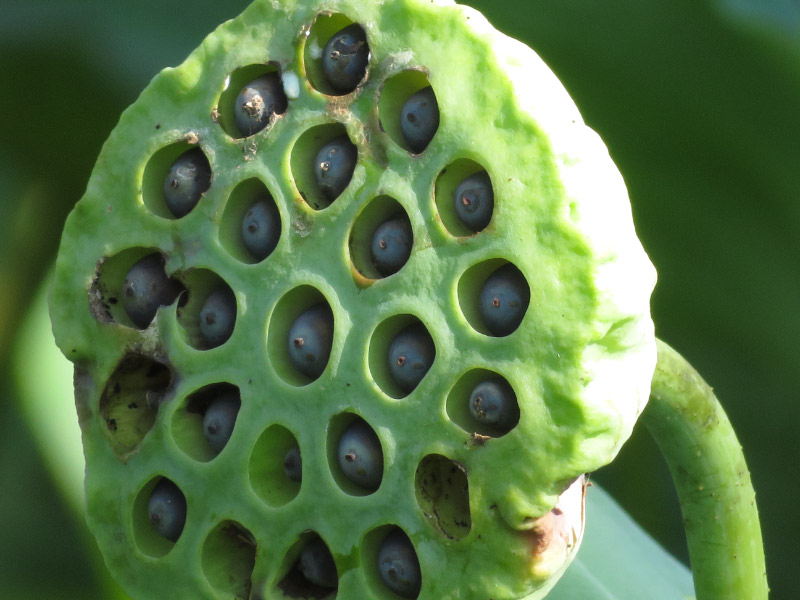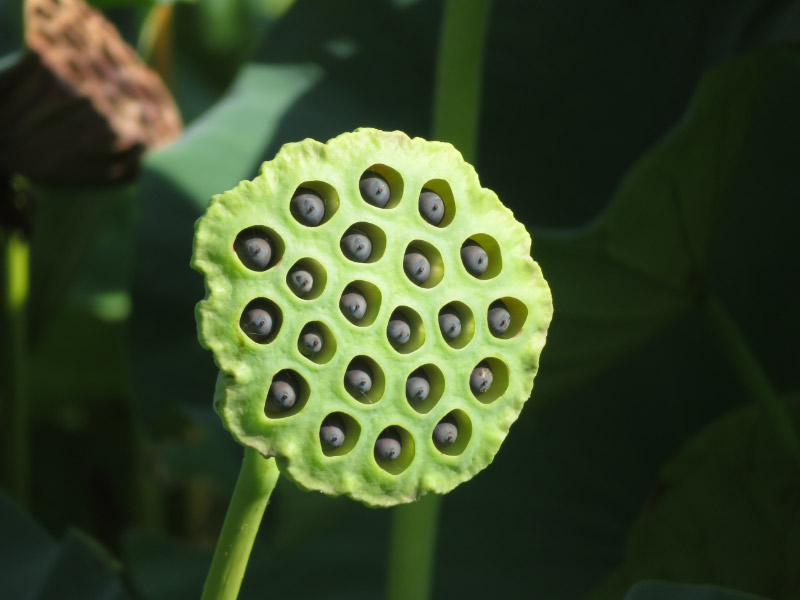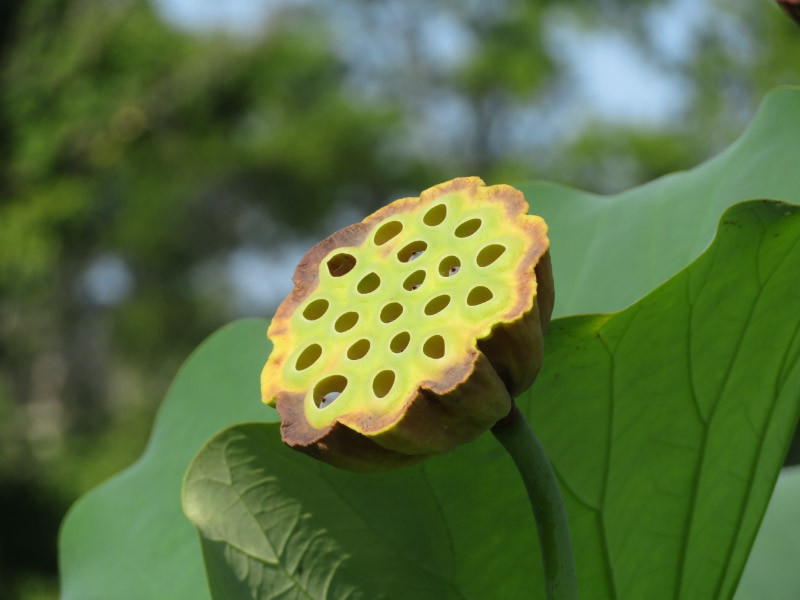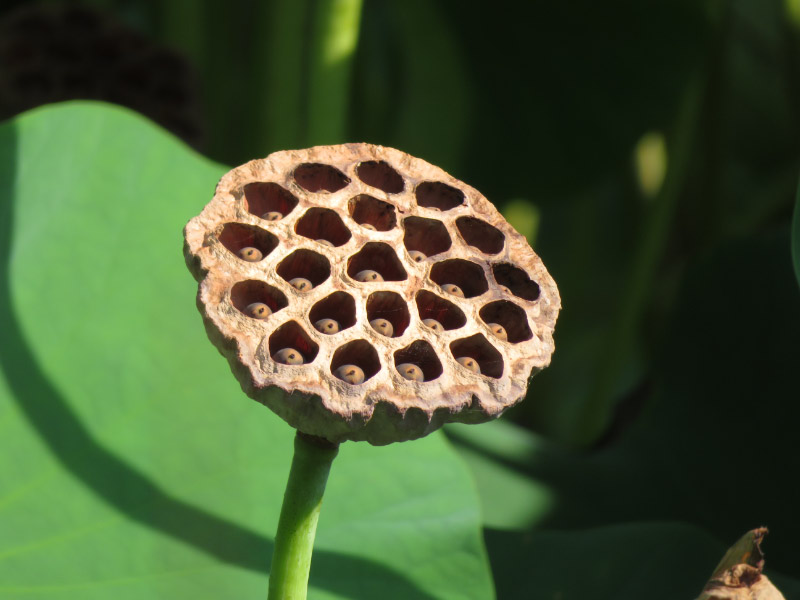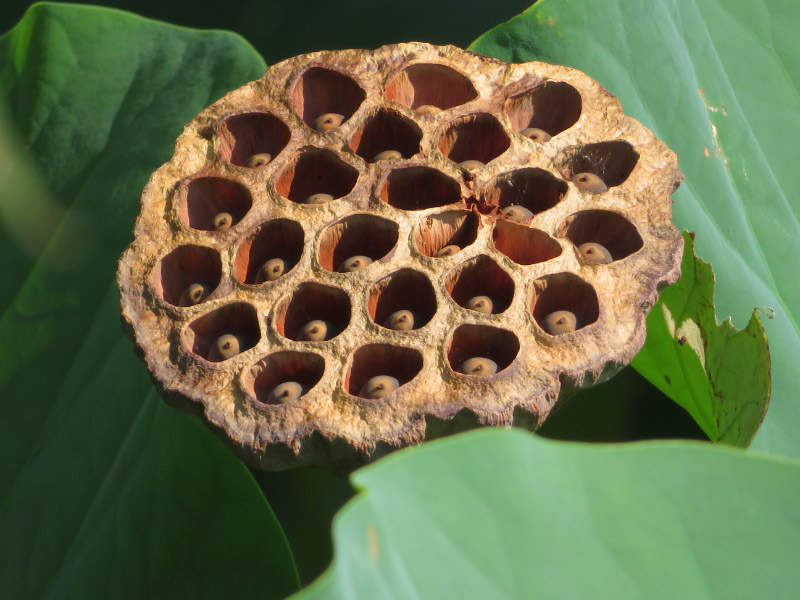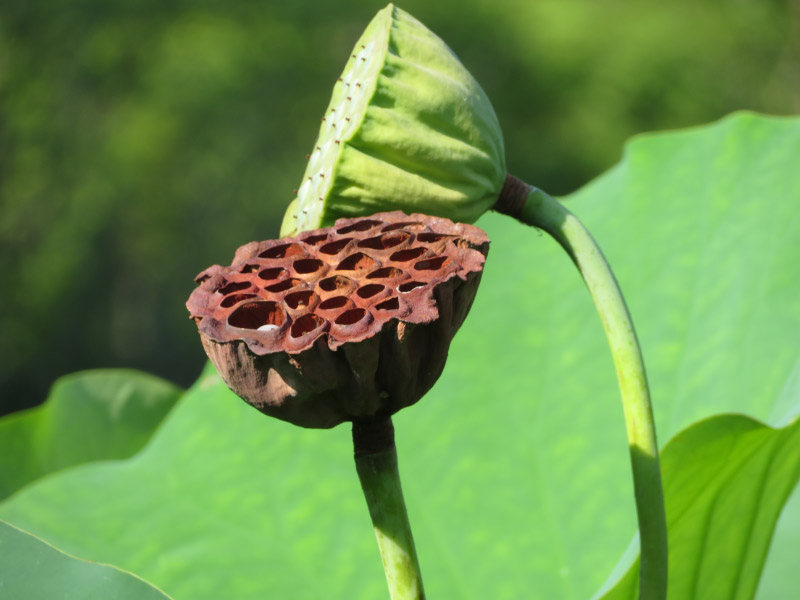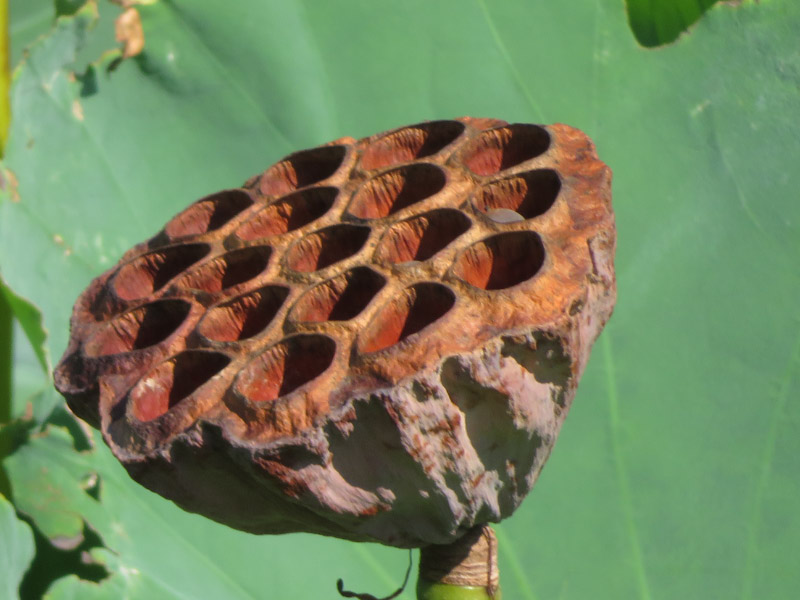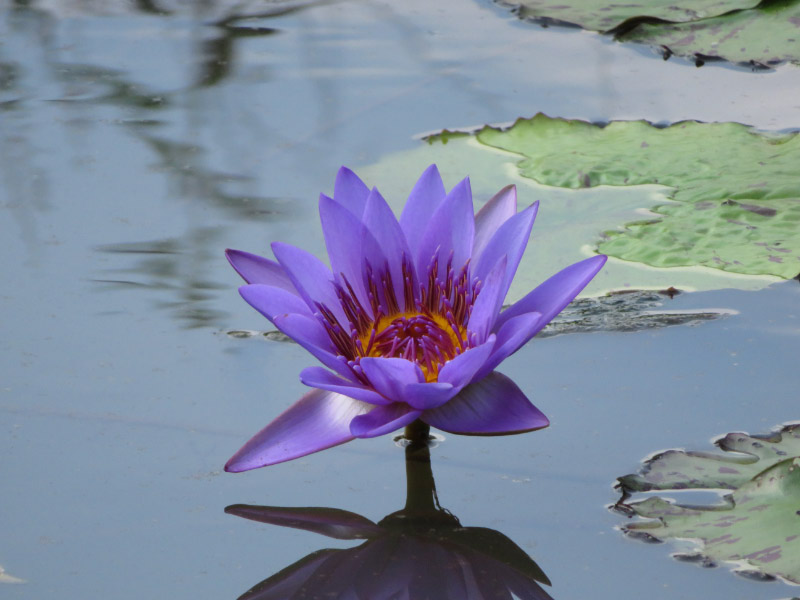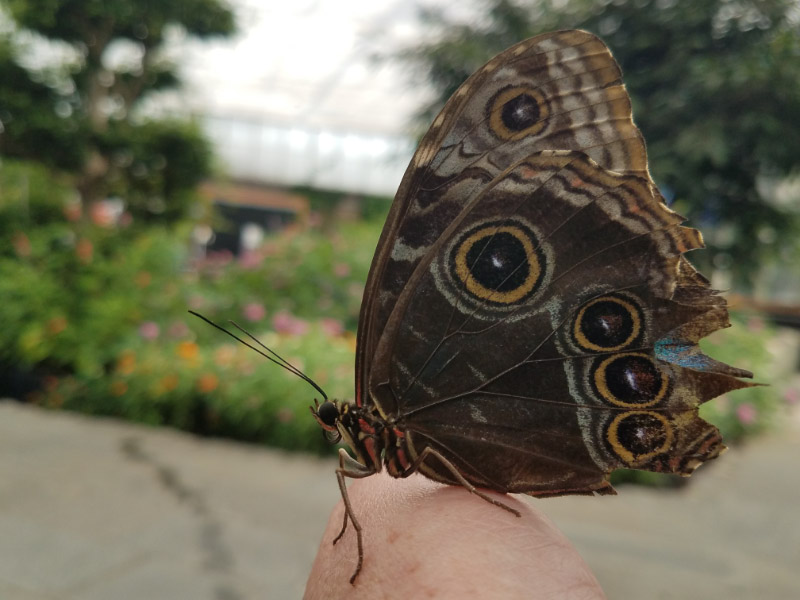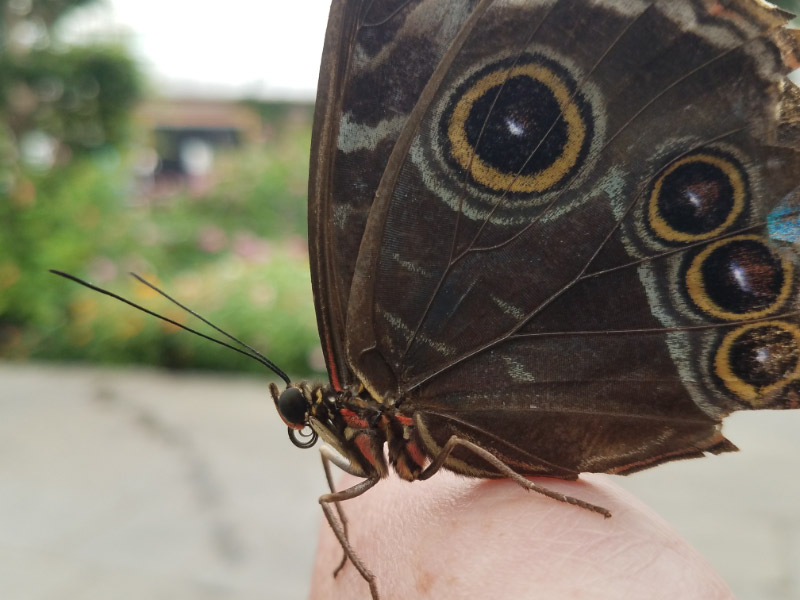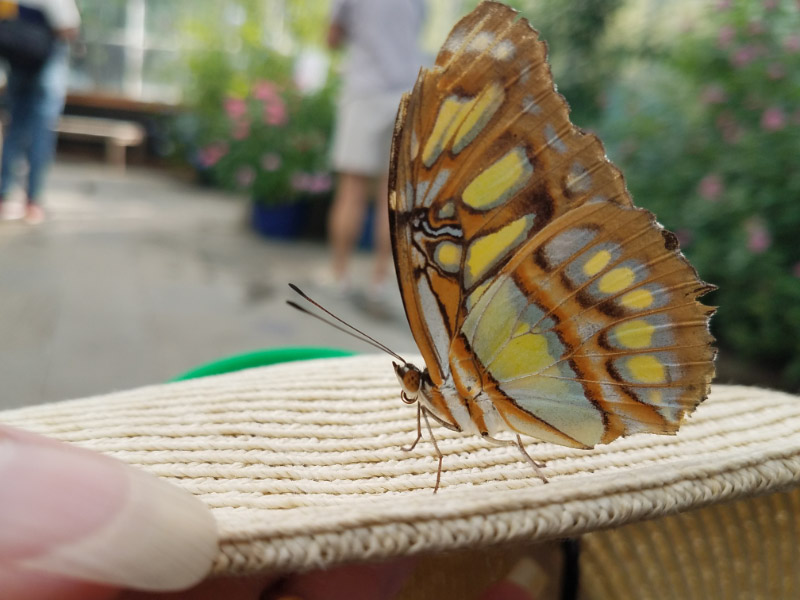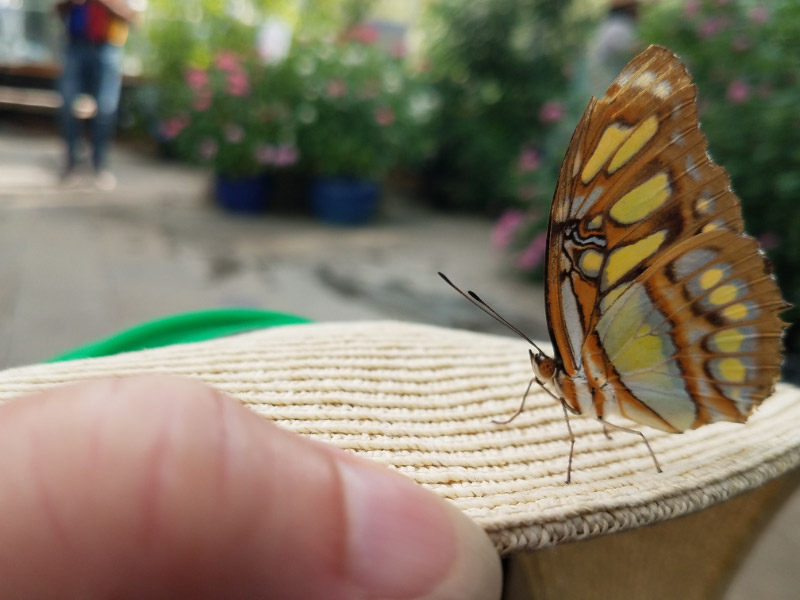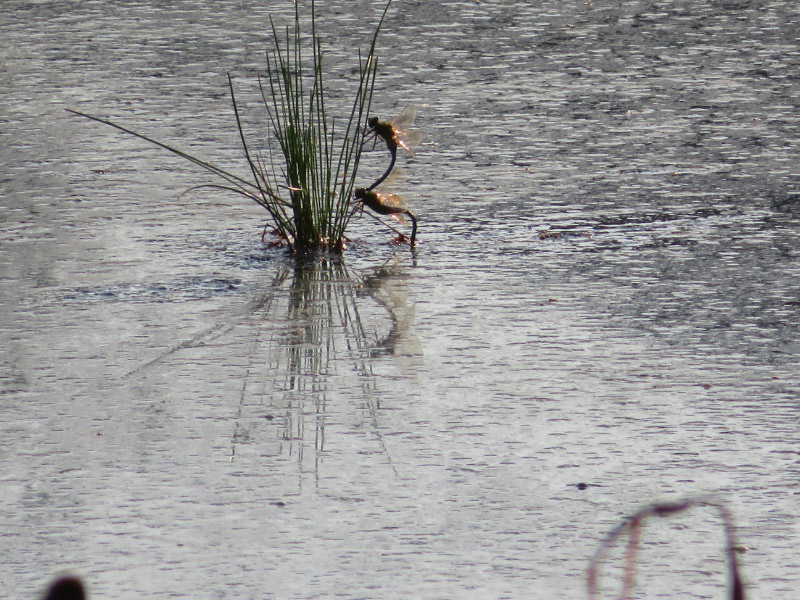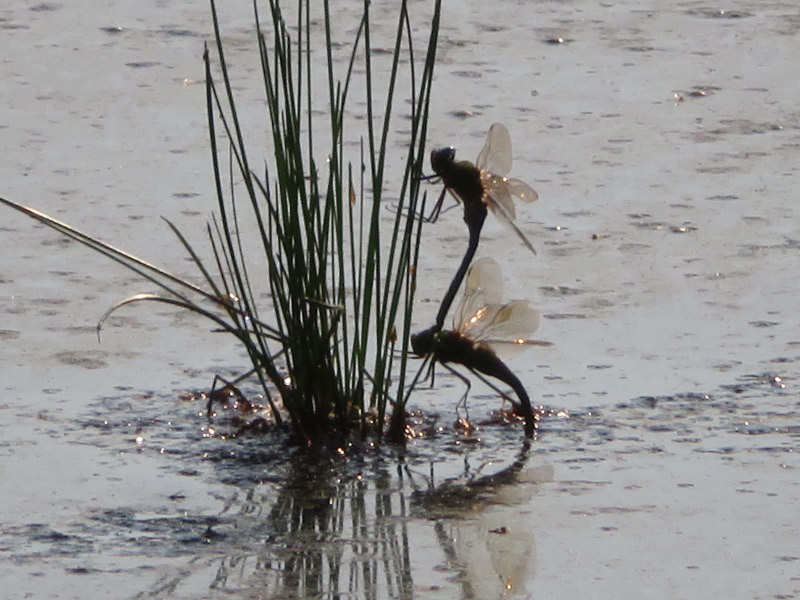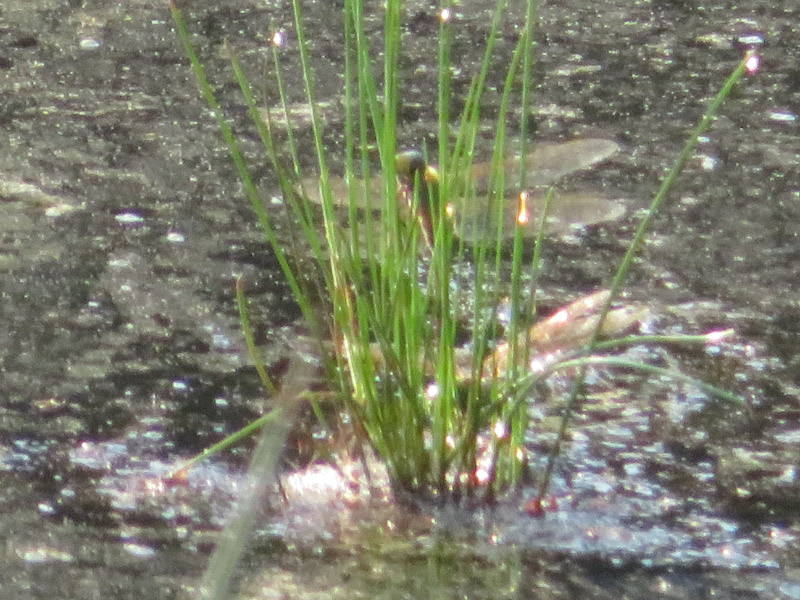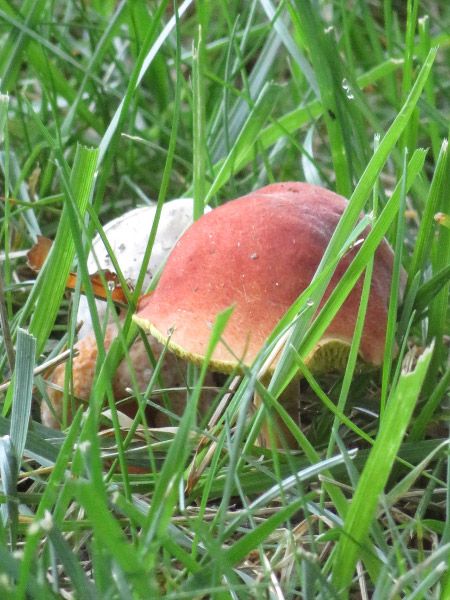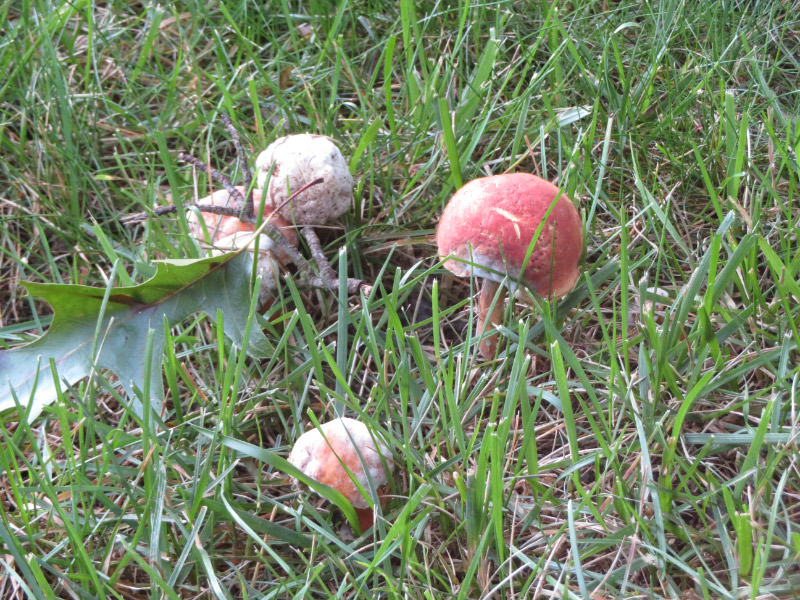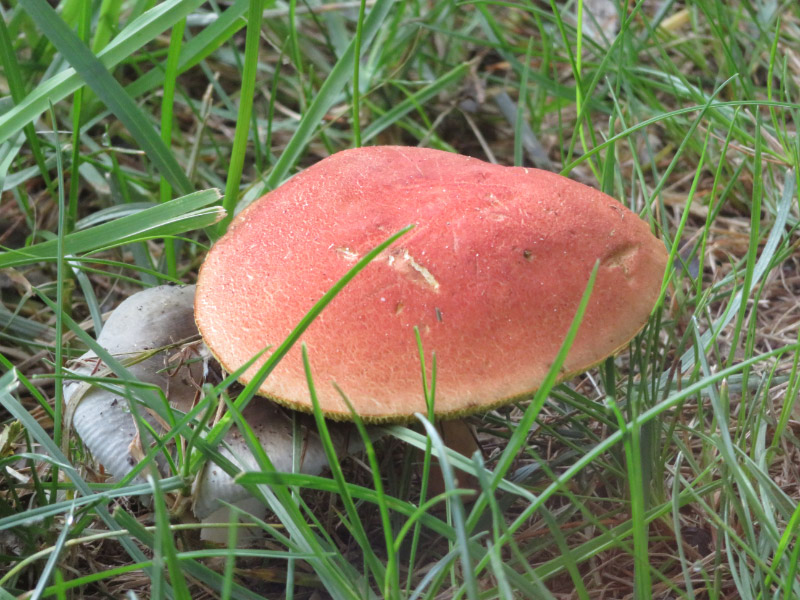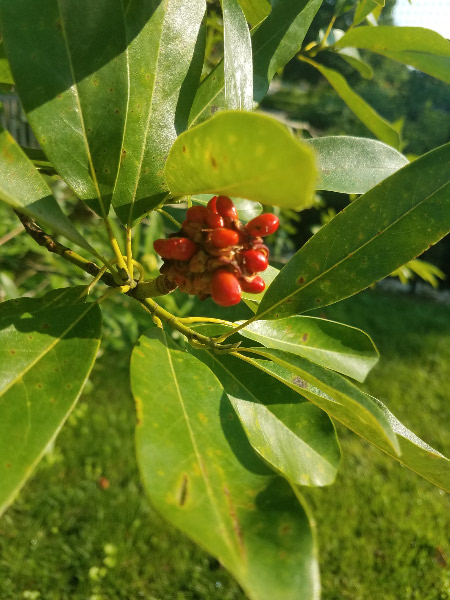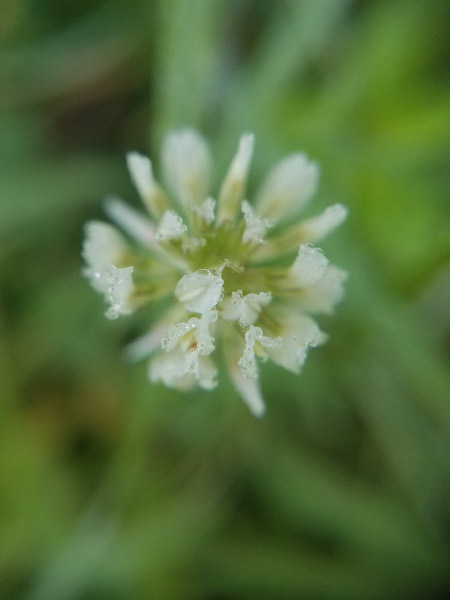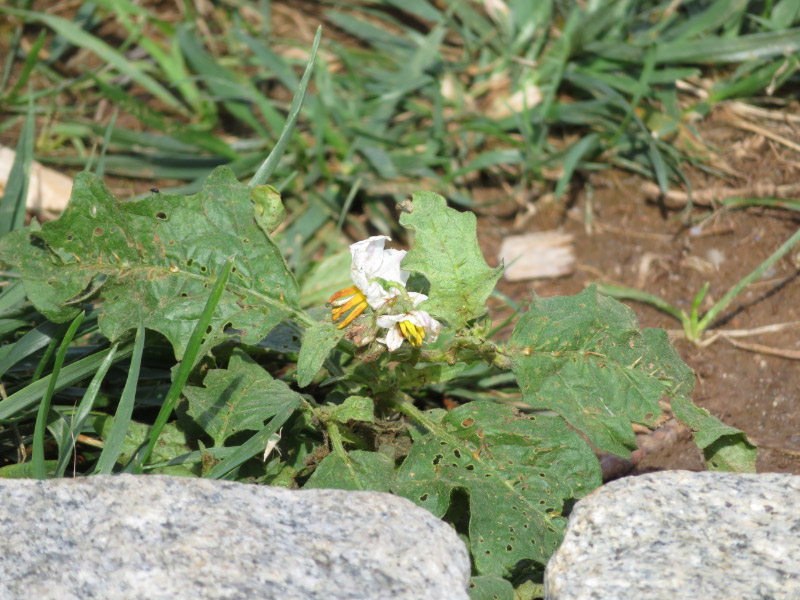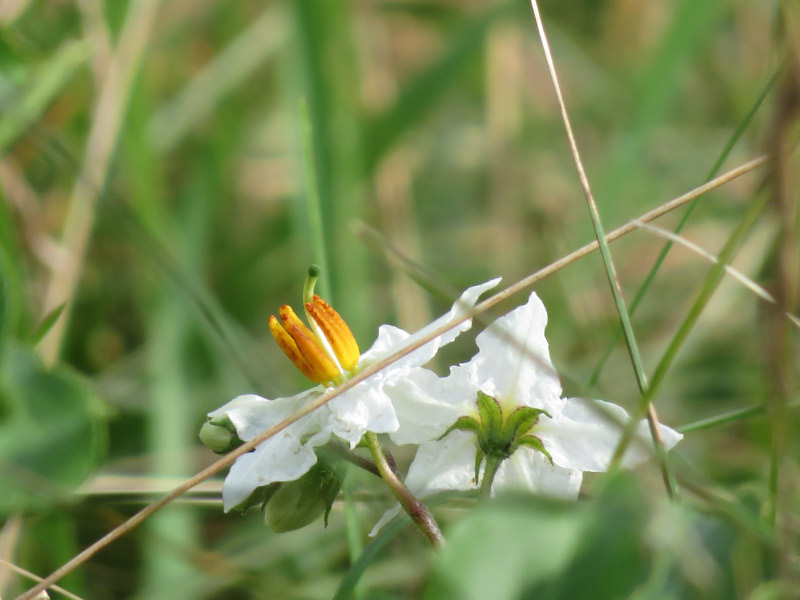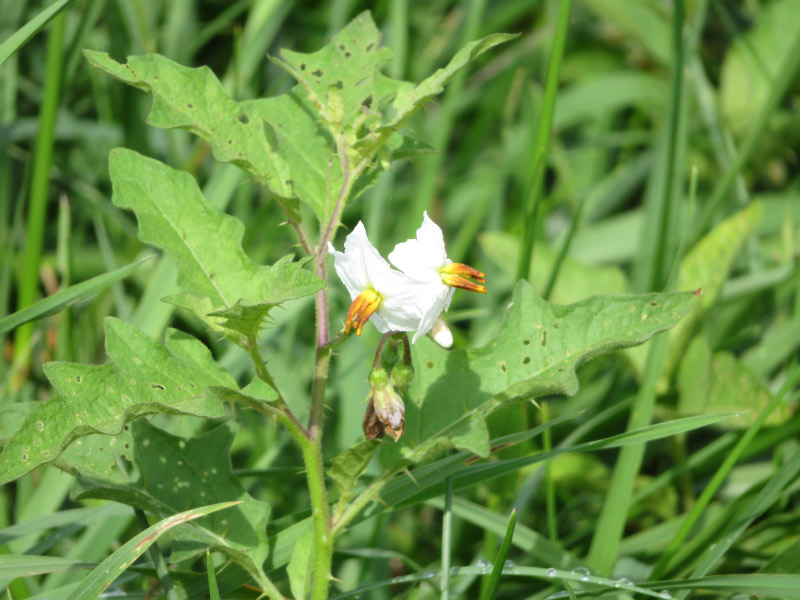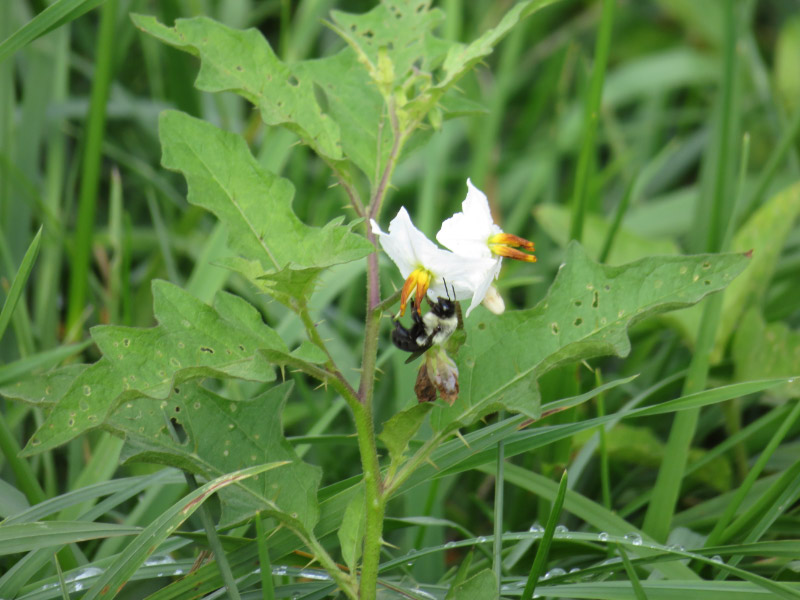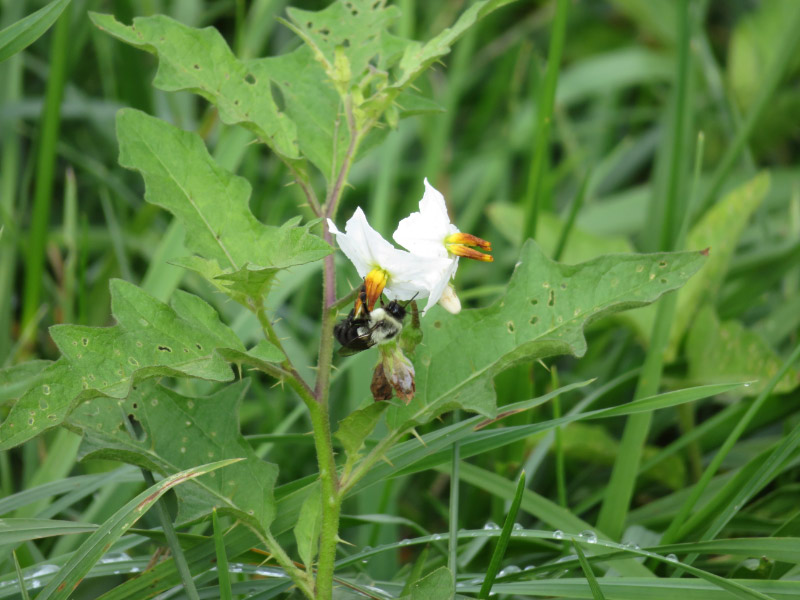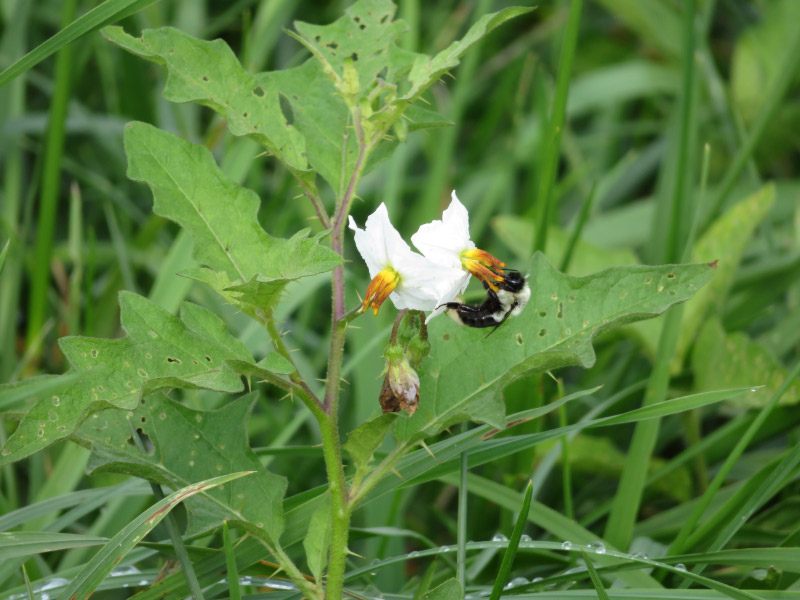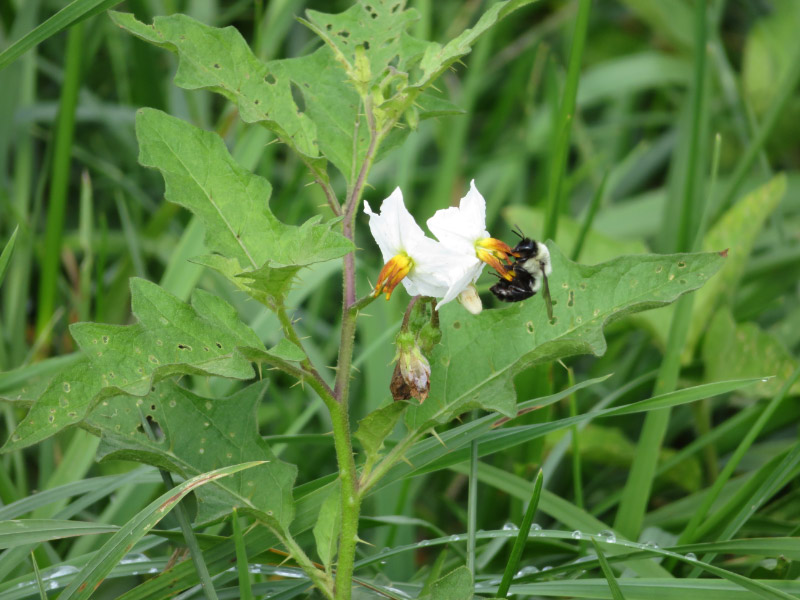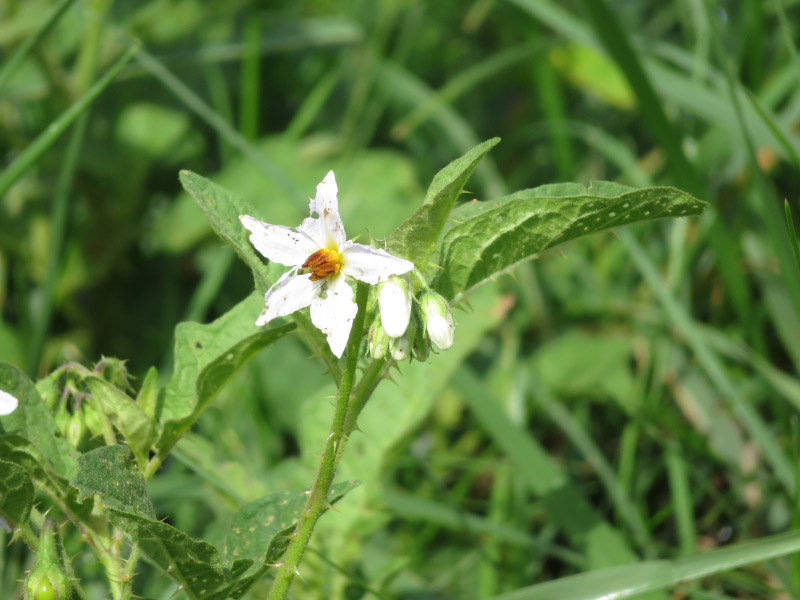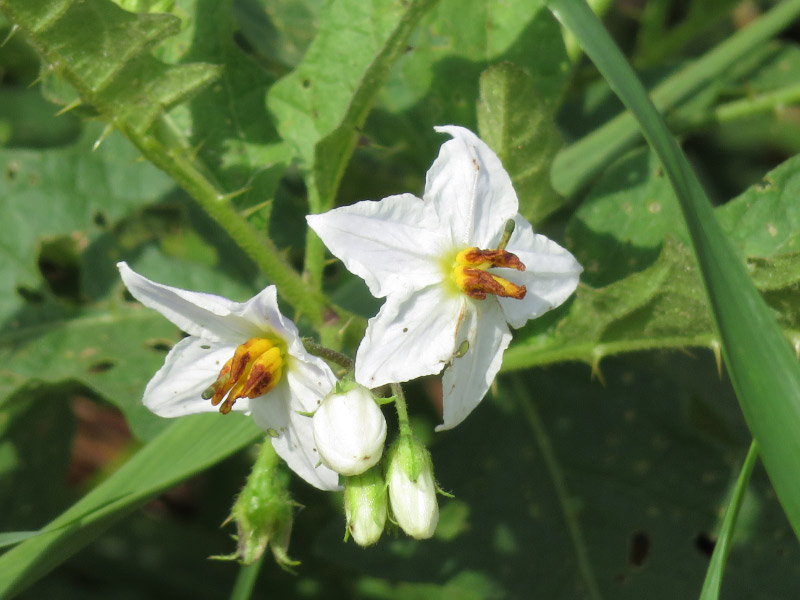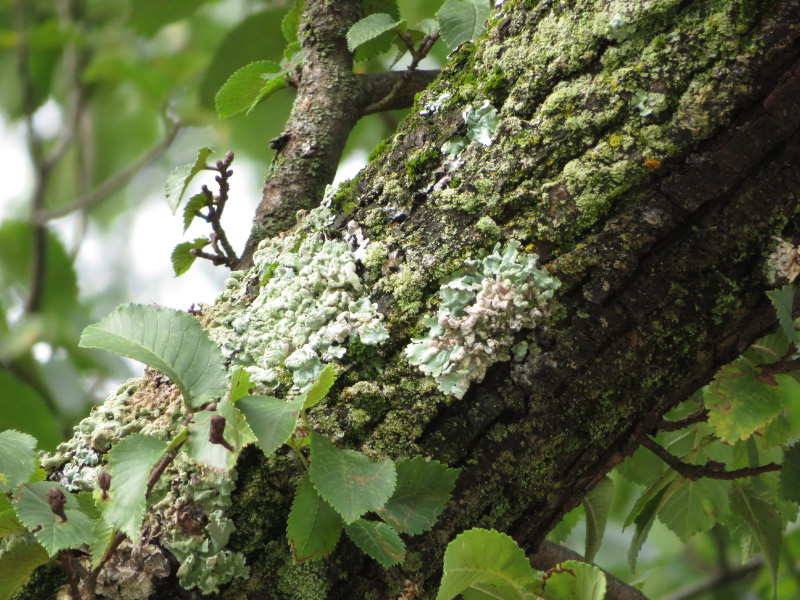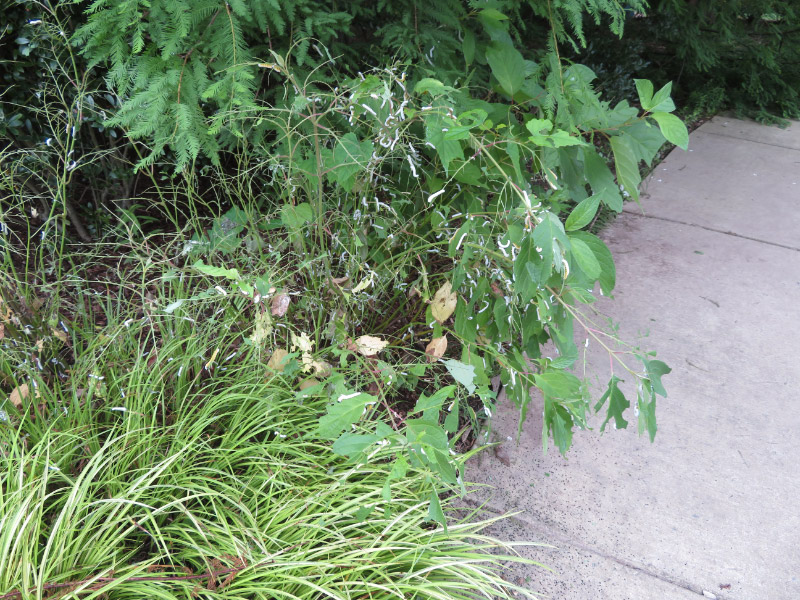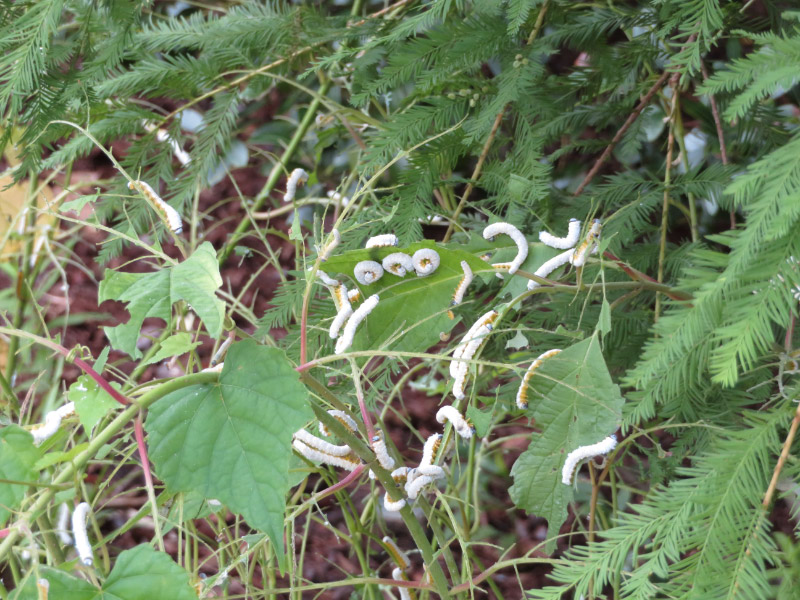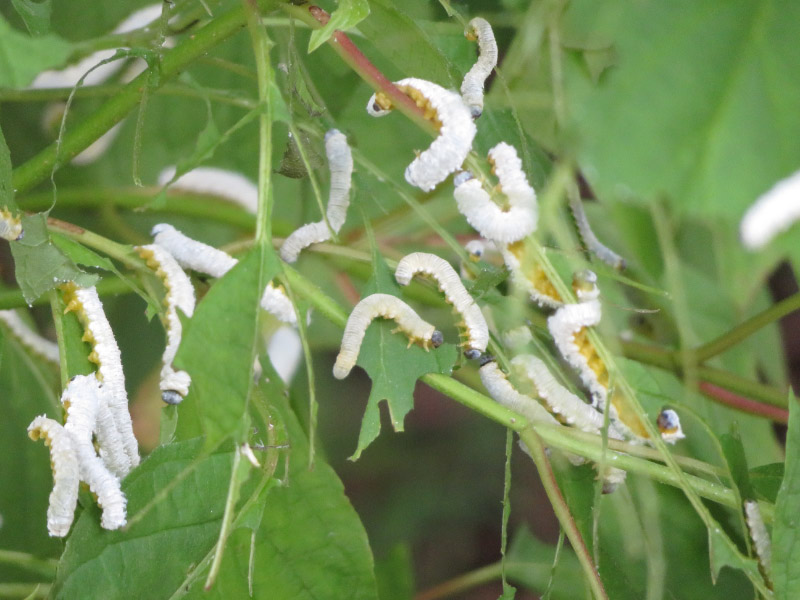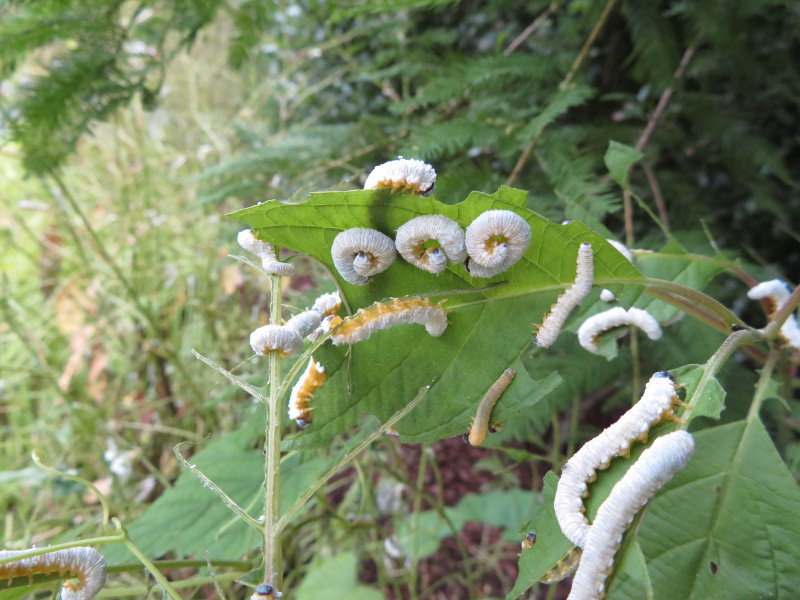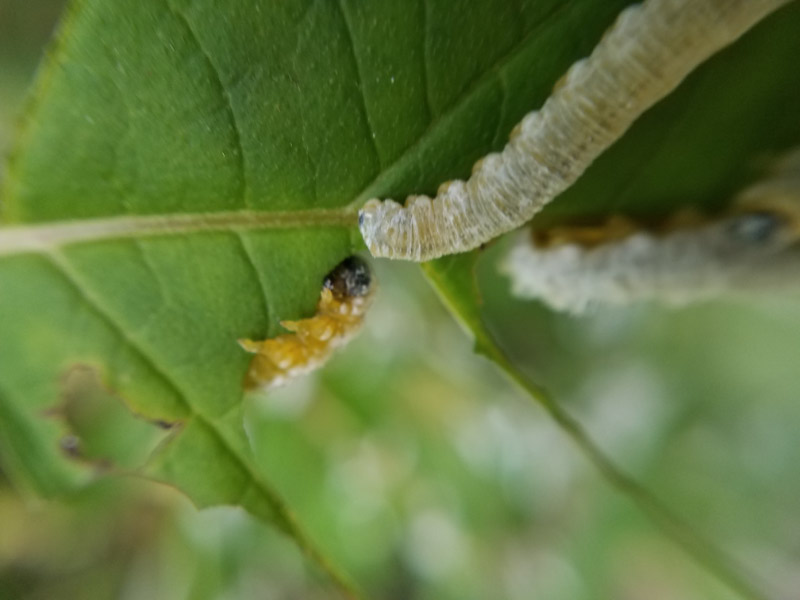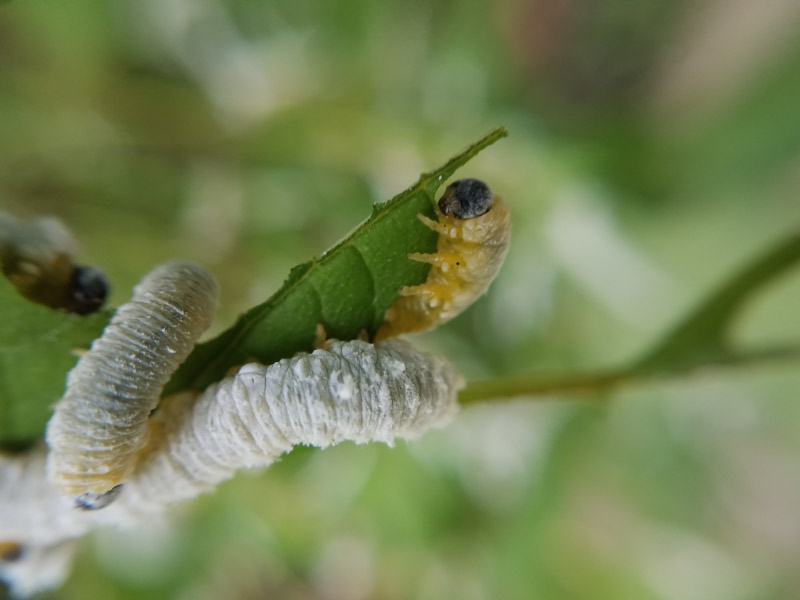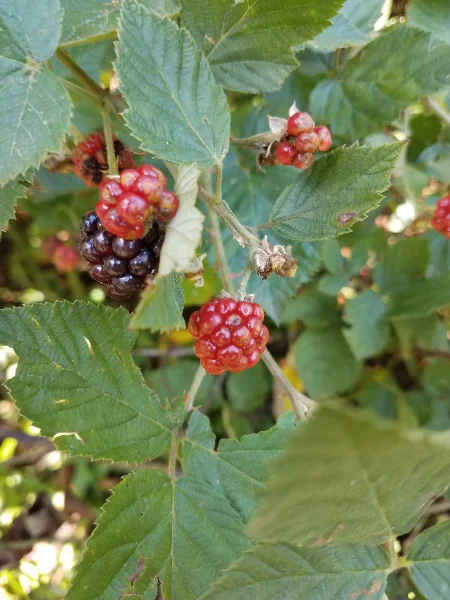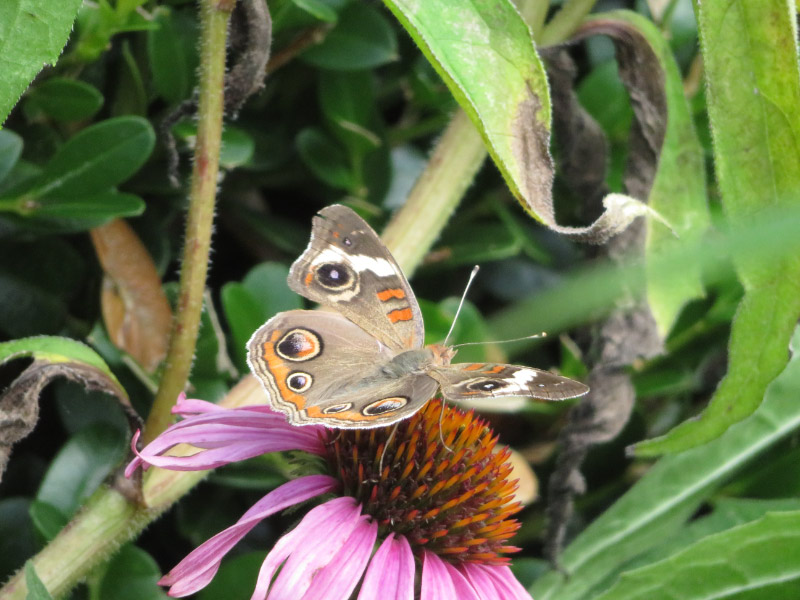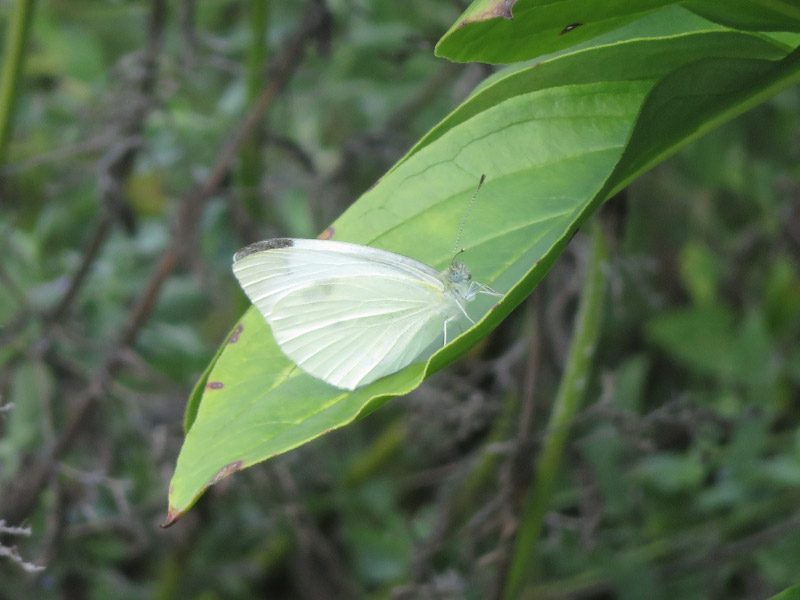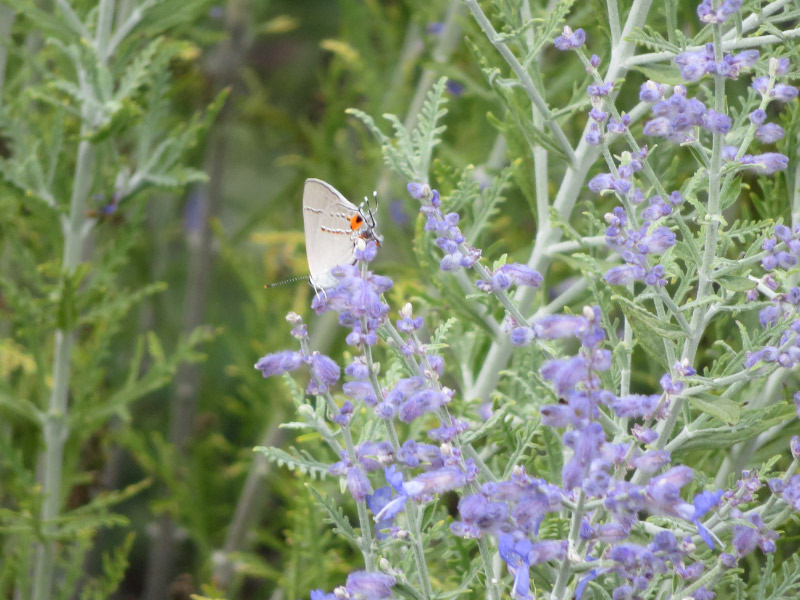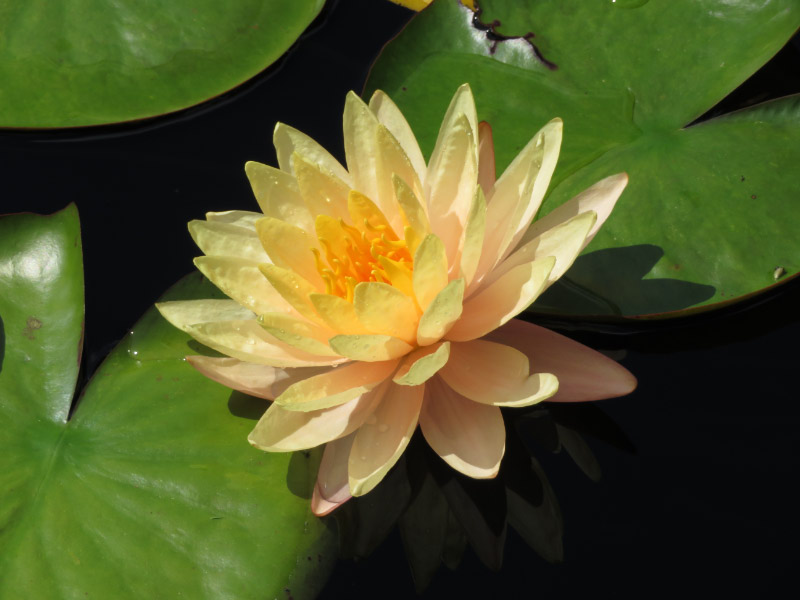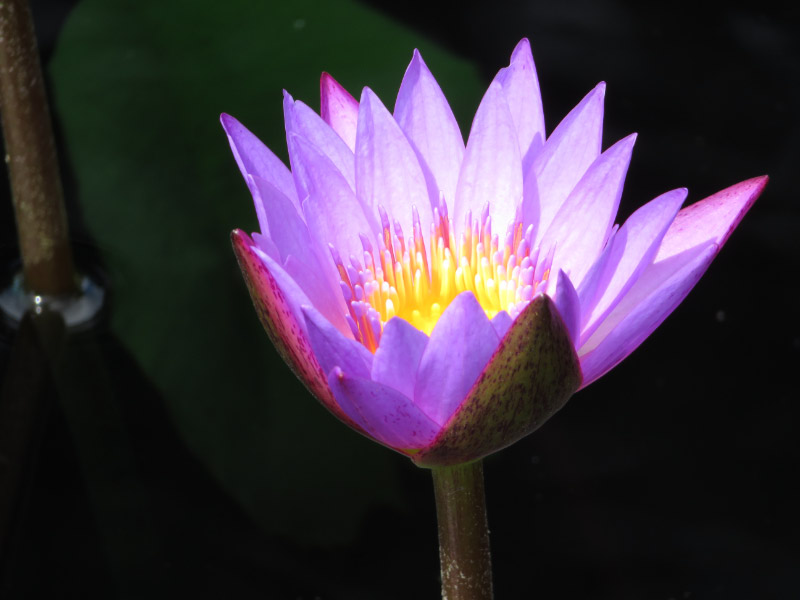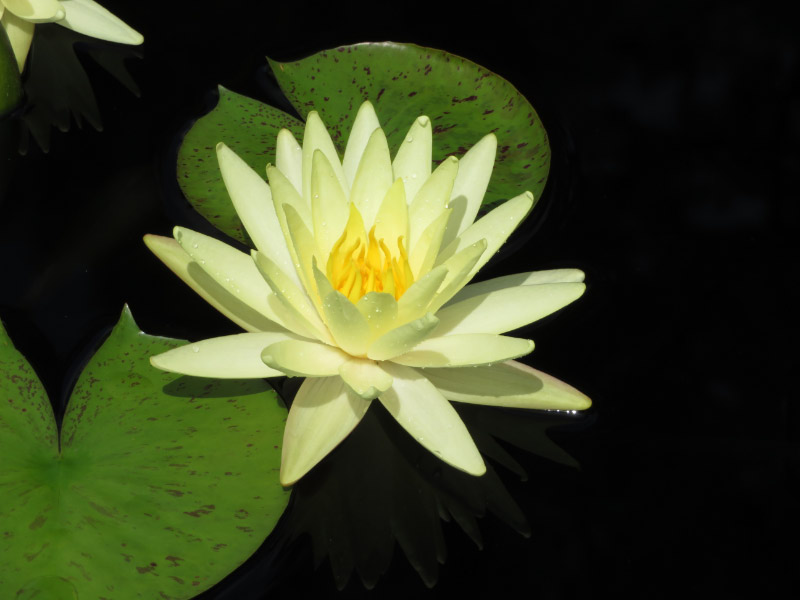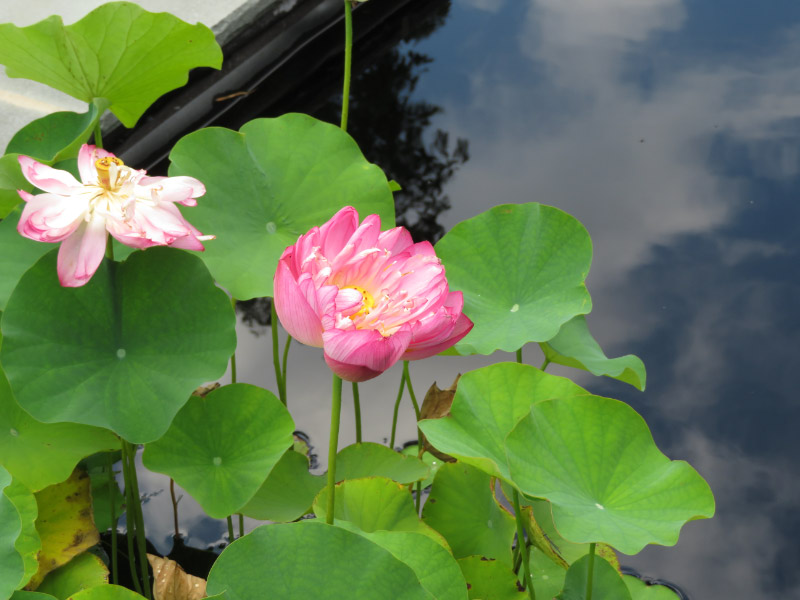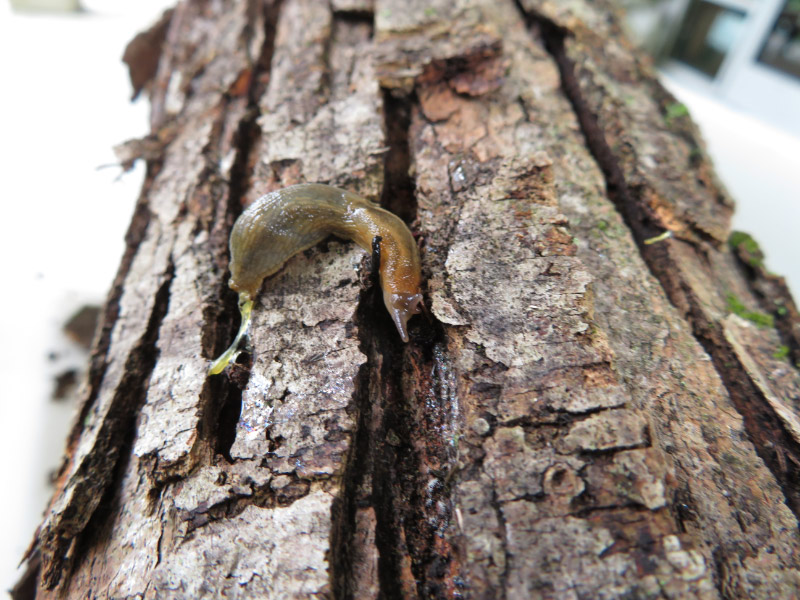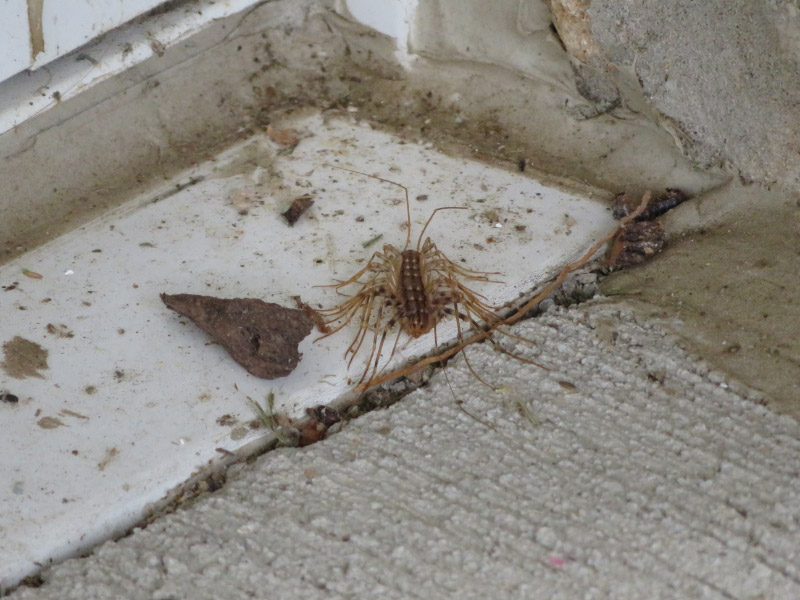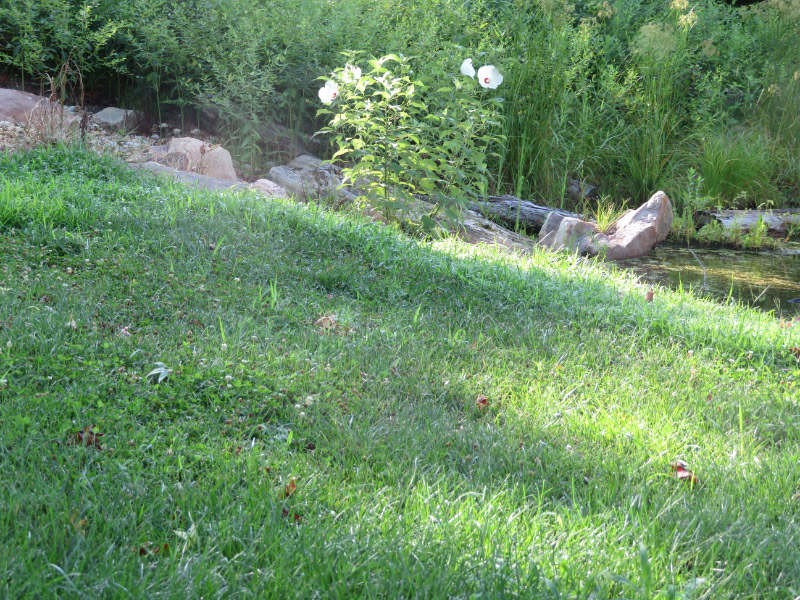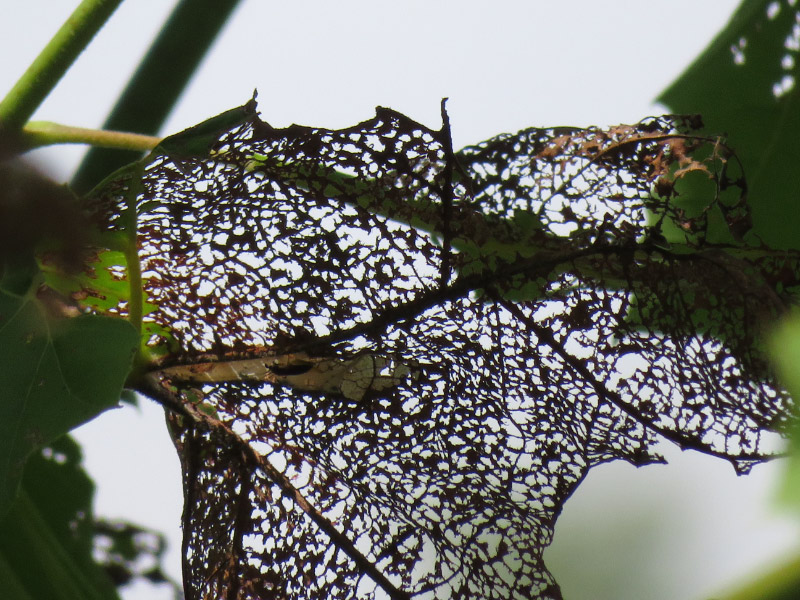Belmont Hikes with Summer Campers V
/The theme for last week’s summer campers at Howard County Conservancy’s Belmont location was STEM (Science – Technology – Engineering – Math). I decided to a pick some STEM related activities that were more like field work than actual hikes.
As usual there were two groups of about 15 each. The first group was the younger one; some of that group were just getting ready for kindergarten. I started out by handing a ruler to each camper.
We started by using the rulers to measure samples I’d brought in a bin (a stick and tulip poplar seedling were popular) and parts of the nearby barn. We did quick tutorials for campers that had not used a ruler before. One student measured one of the tiles – discovering that it was the same across and up/down (i.e. a square). Six campers collaborated to measure the lentil over a low window of the barn (5 feet 4 inches)! Most of the time we tried to measure in centimeters although we used both sides of the ruler.
I started a log of everything we measured on a pad of paper and clipboard.
We measured most of what we encountered on our hike including flowers, several feathers, grass, pine needles and cones, a fake rock (used to cover equipment), holly leaves and berries, a stump and and some very colorful mushrooms.
The second group campers were a little older – up to 12 years old. First, we talked about examples of science new sources (like Science Daily). I used an article about the discovery of moths roosting in hollow trees in Florida as an example. Then I showed them the information about the moth in the Maryland Biodiversity Project site…the way I knew the moth lived in Maryland as well as Florida. And we all knew there was a hollow tree nearby.
I had two small flashlights and we started out.
We didn’t find any moths but there were a lot of spider webs in the hollow tree. There was something there that kept the spiders well fed! We found a dead cicada nearby in the grass and examined it closely before we started out next activity.
The second activity with the group was to determine the height of a tree using a piece of paper and a tape measure. The technique worked but after using it for 2 trees we decided a 25 feet long tape measure for measuring trees over 125 feet tall was too painful (we measured a tulip poplar and white pine)…and it was too hot for more field work. We headed back to the air conditioning and lunch.
It was the last day of summer camp at Belmont. These STEM themed hikes were a good finale for us all. Everyone is getting ready for school to start…and the training sessions for field trip volunteers start too.








